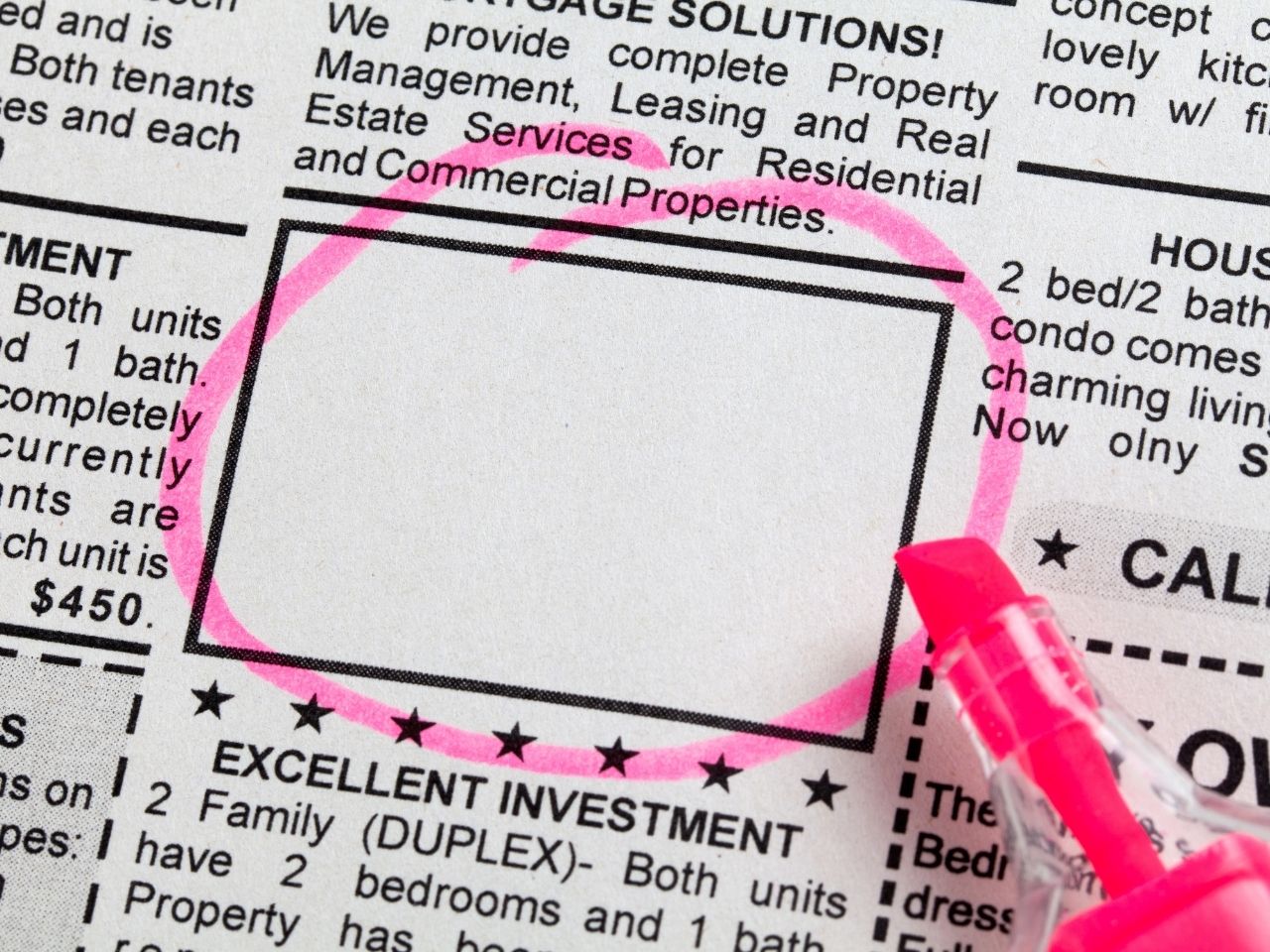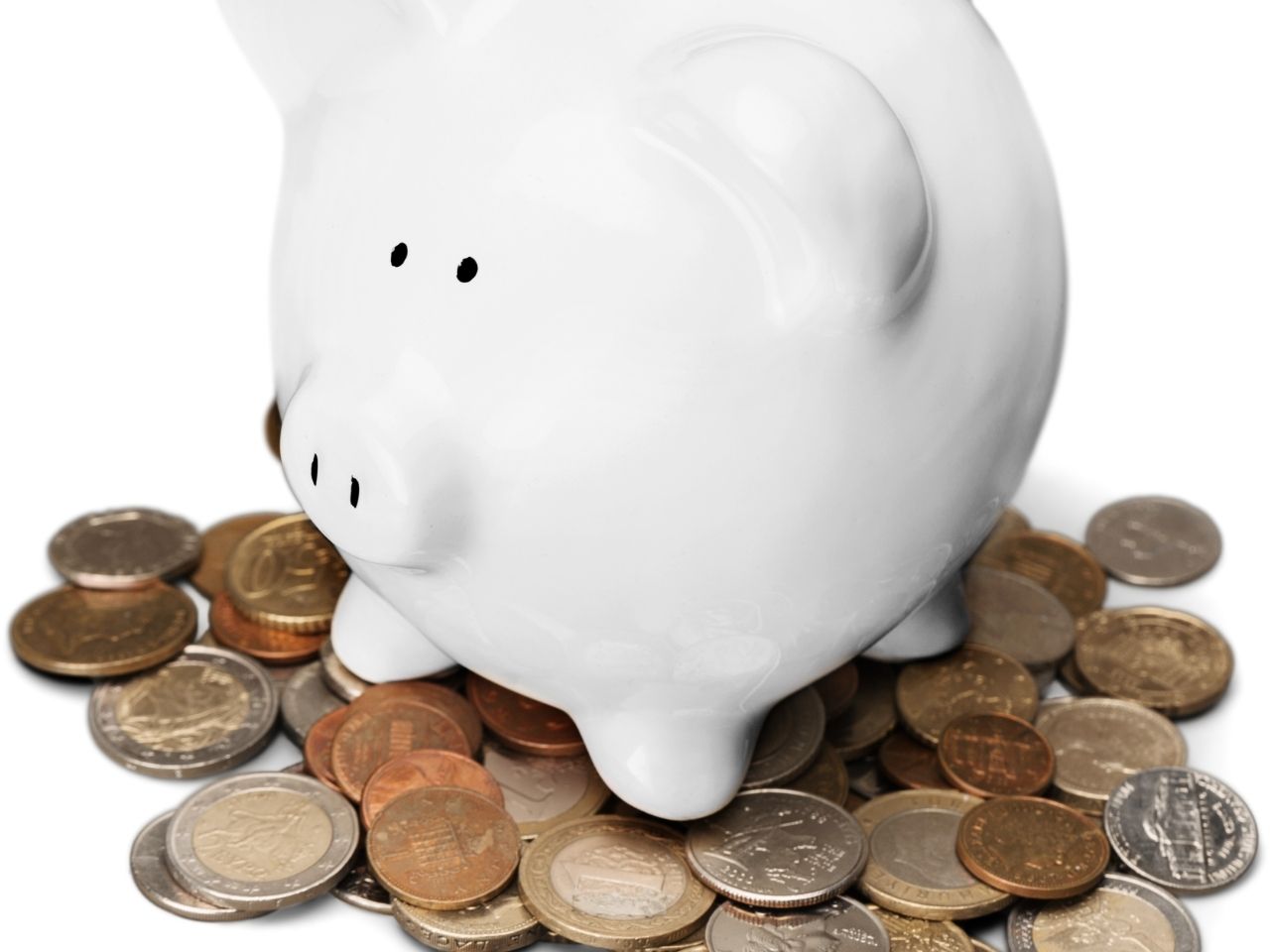Grabbing the attention of consumers in today’s digital environment is no easy task. Consumers use various digital properties like websites and apps every day and choosing the best place to show your advertisement is difficult because of ineffective targeting. You will have to use several platforms to effectively reach your target users, but this will blow your budget.
Figure 1: Programmatic ad spend. Source: eMarketer
If you want highly specific targeting at a fraction of the cost, you need programmatic advertising. In fact, it is so good that it accounts for $70.23 billion in ad dollars or 86 percent of all ad spend.
This guide covers everything you need to know about what is programmatic advertising to help you understand how it works and how it can help you grow your business.
What is programmatic advertising?
Programmatic advertising or programmatic ads is a way to buy and sell ad inventory through an automated bidding process. This automated process makes transactions more efficient by streamlining the ad buying process and consolidating digital advertising efforts into one platform. Programmatic platforms have increased their inventory and database to include ad slots for online, streaming TV, digital out-of-home (DOOH), video, mobile, and voice ads.
Programmatic ads were designed to replace human negotiations with machine learning and AI optimization when purchasing ad impressions on publisher sites. This is achieved through real-time auctions where ads are bought when visitors load a website, enhancing the whole process’s transparency and efficiency.
The traditional advertising model is inefficient since the manual process to connect buyers (brands/advertisers) and sellers (publishers) is time-consuming and requires negotiation and paperwork. It also lacks a way to measure the return on investment, and most of the time, advertisers would end up with a raw deal.
Programmatic ads introduced an elaborate system that depends less on humans and more on computer programs to display ads across the internet. Targeting methods are used to segment audiences using collected data to ensure advertisers only pay for ads displayed to the right consumer group at the right time. It depends less on the “spray and pray” technique synonymous with other digital advertising methods, helping marketers optimize their ad spend.
Advertisers use a demand-side platform (DSP) to buy ad slots and a data management platform (DMP) to strengthen their targeting capabilities. Publishers use a supply-side platform (SSP) to manage their ad inventory. SSPs have the final call when deciding which ads to display depending on the placed bids.

Why does it work?
There are a lot of benefits for using a programmatic platform for your digital advertising efforts, such as:
Gives you control over your spend
Programmatic advertising supports the wise spending of ad dollars by allowing advertisers to target users at a granular level. You can access a lot of data from the platform that will help you target visitors with the right message, on the right channel, and at the right moment.
This means you will be spending your campaign budget wisely and eliminating wastage by ensuring your ads are only shown to people who are likely to be interested in your products.
Specific targeting
With programmatic advertising, you have two methods for connecting with your target users.
The first approach entails using first and third-party data to create a better audience profile that will help you target them with more accuracy.
The second method is all about contextual advertising, where data is derived from user-profiles and web content to help brands connect with their target audience at the appropriate places. For example, you can show ads of CRM software to a salesperson or marketer on business applications.
Besides these strategies, advertisers can also use geo-targeting, remarketing, and IP address data to refine their targeting capabilities.

Real-time management
It takes longer to get the results of an advertising campaign with the traditional advertising methods – sometimes too late to optimize a live campaign. There is also no exact method of determining the accuracy of the results.
Programmatic advertising solves these problems by giving advertisers real-time information about their campaigns. This information empowers you to make data-driven decisions that will see you earn more revenue and brand awareness from your ad investment. The campaign data also provide more details about your target audience, information that will help you improve upcoming campaigns.
Our blog, 5 Reasons Analytics Helps Create Data-Driven Customer Journeys, explains the importance of analytics on modern marketing.
Saves time and money
Programmatic advertising is a marketing automation strategy that saves you time and money. You will not waste time negotiating with publishers for ad slots since bidding happens in real-time. It also consolidates all your campaigns on one platform, saving you the trouble of navigating several platforms when monitoring your campaigns.
By ensuring that ads are only shown to your target audience on the avenues that bring the best results, this efficient system allows you to spend your campaign budget effectively and generate better ROI.
Helps you optimize your ad spend
Another benefit of working with a growth marketing agency for programmatic advertising is that it eliminates guesswork when you’re managing a campaign and are looking for ways to optimize it. Programmatic advertising gives real-time information about your campaign performance, and you’ll use this information to optimize it to bring the designed results.
You will know the best avenues to invest your budget to yield a better ROI. The platform uses real-time data to determine the best audience for your campaigns and buys ad inventory in the places your audience cares about. Ads are personalized based on each consumer’s unique interests, helping you make intelligent connections with your target audience.

How you can do it
Here’s what you need to do to succeed with programmatic advertising:
Understanding your audience, industry, and market
The first thing you need to do is understand your audience and the marketplace. A clear definition of your target audience will help you know how to structure your ad creatives for maximum impact. It will give you an idea of the best channels where your audience is found and the best time to connect with them.
You also need to take the time to understand your industry. This knowledge will let you know the ad formats that do well for companies like yours and the standard rate for displaying ads on publisher sites.
Set clear, actionable goals
Don’t get started with programmatic advertising if you don’t know why you’re doing it. Set clear, actionable goals that will guide your advertising efforts. Use existing data to determine the type of awareness you desire and create a fitting strategy.
You should have short-term and long-term goals for your advertising efforts. Don’t hesitate to change strategy if things are not going as expected. Test different creatives and messaging, target different personas and experiment with new ad placements to find the best way to achieve your goals.

The right team
Programmatic advertising relies heavily on machine learning and AI algorithms, but it also needs a human touch to ensure everything progresses smoothly. This form of advertising runs on technical platforms that allow you to buy ad slots in real-time, but from there, you need the services of a programmatic advertising agency to plan, control, and optimize your buying.
The team will ensure you get optimal inventory space on various platforms to improve the performance of your digital advertising campaigns.
Whitelist and blacklist
Automated advertising can lead to your ads appearing on the wrong sites, which can negatively impact your brand image. To prevent this from happening, you need to blacklist the inappropriate sites you don’t want your ads to appear. Some programmatic platforms even allow you to exclude entire categories from your ad spend for enhanced targeting.
Another option would be to use a whitelist where you specify where you want your ads to be displayed. Whitelisting will narrow your reach, but it’ll ensure your ads are not associated with low quality and unsavory sites.
Fraud can happen
The digital ads industry is marred with unethical practices where publishers have been duping advertisers by implementing fraudulent tactics. However, programmatic platforms offer more transparency by allowing advertisers to evaluate publishers based on their ads’ performance and choose those who present justifiable results.
Fraud can still happen with fake bot traffic, so you need to watch out for such unethical tactics that could undermine your ad performance.

Frequently Asked Questions About Programatic Advertising
What is a DSP in advertising?
A Demand Side Platform (DSP) is an automated or programmatic buying platform, where advertisers and media buying agencies go to purchase digital ad spots using an auction process. DSPs are reliable third party software that allows advertisers to manage ads across different networks all in one place.
What is PMP in Programmatic Advertising?
PMP in advertising denotes a Private Marketplace for buyers within a programmatic ecosystem where publishers allow select advertisers to bid on exclusive ad spots. PMP advertising is done via real-time private auctions in an invite-only environment as opposed to Open Marketplaces. Through PMP advertising publishers are assured that their ad placements are filled with quality ads.
What is Programmatic Direct?
Programmatic Direct is a media buying process directly between seller and buyer, eliminating the need for third-party ad exchanges. In Programmatic direct, the advertiser receives an invitation from the publisher to directly purchase its ad inventory for a fixed duration.
What is RTB in Advertising?
RTB stands for Real-time bidding. It is an automated process where the advertisers place their bids in real-time for ad spaces submitted by publishers. In RTB the ad impressions are bought & sold through instantaneous auctions, facilitated by ad exchanges.
What is Amazon DSP?
Not a lot of people understand this but similar to Facebook and Google, Amazon has its own demand-side platform called Amazon DSP.
Here, you can market not just your ecomm and amazon products but can also use Amazon’s vast network of 3rd party websites to retarget your audiences.
We hope this guide on what is programmatic advertising has provided you with the necessary knowledge to understand this topic and adopt it as part of your digital advertising strategy.
The future of advertising is programmatic since it enables marketers to funnel their messaging across desired avenues and optimize ad creatives to effectively reach their target demographic. Programmatic advertising is a tricky business, and you need extensive knowledge to ensure proper targeting. The team at Growth Marketing Genie can help. Get in touch and let us refine your advertising campaigns to help you reach the most meaningful audience.
Are your digital advertising efforts bringing the desired results? Use these marketing tips to improve your campaigns.

Book in a Free Consultation
